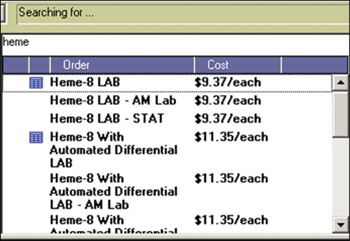 Sarah Kliff points to an interesting little study today. Conservatives have long suggested that one way to control healthcare costs is to give patients some “skin in the game.” That is, make them pay at least a portion of all bills, which gives them an incentive to shop around for lower prices and to undergo only treatment that genuinely seems worth the cost. But how about giving doctors some skin in the game? To test this, a team of researchers ran a trial at Johns Hopkins Hospital in which the price of certain procedures was displayed on a computer screen when doctors ordered them. Other procedures didn’t display a price.
Sarah Kliff points to an interesting little study today. Conservatives have long suggested that one way to control healthcare costs is to give patients some “skin in the game.” That is, make them pay at least a portion of all bills, which gives them an incentive to shop around for lower prices and to undergo only treatment that genuinely seems worth the cost. But how about giving doctors some skin in the game? To test this, a team of researchers ran a trial at Johns Hopkins Hospital in which the price of certain procedures was displayed on a computer screen when doctors ordered them. Other procedures didn’t display a price.
The results were encouraging: Compared to a baseline period, doctors ordered nearly 10 percent fewer tests in the group of tests that displayed prices. They ordered 5 percent more tests in the group where prices remained hidden. They figure the hospital saved about $400,000 during the period of the study.
What I’d really like to see is a time series of this data. Did doctors suffer from a bit of sticker shock and cut down on tests at first, but then slowly ramp back up to their normal rate as the novelty wore off? Or did they cut back and stay at a lower level for the entire six months? I’d also be interested in whether there was any effect on patient outcomes during the course of the study.
In any case, it’s an intriguing study that deserves replication.

















